Human-Centered Design: Enhancing the Operation Experience of Food Processing Equipment
In the food processing industry, equipment design and user experience play a critical role in production efficiency, product quality, and worker safety. The operational experience of food processing equipment directly affects how well workers can interact with, clean, and maintain the machinery, and it also has a significant impact on the overall productivity and safety of a workplace.

In this article, I will focus on how to improve the operation experience of food processing equipment by centering on the needs of the users—the operators. The aim is to enhance productivity and worker satisfaction through human-centered design principles. Let’s explore practical suggestions on optimizing the equipment experience for both safety and efficiency.
1. What is Operational Experience?
The term "operational experience" refers to how the operator interacts with a machine throughout its use—starting from setup, to running the equipment, and finally to cleaning and maintaining it. Good operational experience means that the equipment is easy to use, maintain, and clean while ensuring that the operator stays comfortable and safe.
Why Operational Experience Matters:
- Productivity Boost: User-friendly machines reduce training time and streamline operations, improving overall efficiency.
- Safety and Health: Ergonomically designed equipment can reduce fatigue and injuries, creating a safer workplace.
- Product Consistency: Well-designed equipment allows for more precise and consistent operations, which translates to higher product quality and less downtime.
2. Key Factors to Enhance Operation Experience of Food Processing Equipment
A. Ergonomic Design
Ergonomic design is the backbone of user comfort and safety. Proper placement of controls, the height of workstations, and easy-to-reach handles can significantly impact an operator’s performance. Equipment must take into account the natural movements of workers, reducing repetitive strain and fatigue.
- Adjustable Workstations: Machines that allow for height adjustment accommodate a range of operator sizes, preventing back and neck strain.
- Proper Control Positioning: Controls and buttons should be placed where they can be accessed without awkward stretching. This minimizes the risk of injury and increases operational speed.
B. User-Friendly Interfaces
Many modern food processing machines are equipped with digital controls and user interfaces. While this advancement brings many benefits, overly complicated interfaces can lead to frustration and human error. Simplifying the interface is key to improving the operational experience.
- Intuitive User Interfaces: Ensure that the machine's user interface is simple and offers clear instructions. Icons and visuals should be used wherever possible to avoid confusion.
- Minimal Training Required: The simpler the interface, the less time operators need to be trained. By keeping control mechanisms clear and direct, employees can work more confidently and quickly.
C. Easy Maintenance and Cleaning
The operational experience doesn’t stop with machine usage—it extends to maintenance and cleaning. Machines that are difficult to clean or maintain not only increase downtime but also introduce the risk of contamination or failure.
- Seamless Design for Cleaning: Equipment with seamless joints, rounded corners, and non-porous surfaces makes cleaning easier and more thorough, reducing the risk of bacterial buildup.
- Tool-Free Disassembly: Machines that can be disassembled without the need for special tools make the cleaning process faster and more efficient. This reduces the need for extended downtime between production cycles.
D. Automation and Intelligent Systems
Automation and smart technologies are becoming integral parts of food processing operations. With the help of intelligent monitoring systems, machine learning algorithms, and sensors, the operational experience can be further optimized.
- Automatic Calibration: Machines that auto-calibrate ensure accuracy with minimal human intervention, maintaining product quality while reducing operator fatigue.
- Predictive Maintenance: Intelligent systems can predict when maintenance is required, preventing unexpected downtime. Operators will appreciate having real-time feedback about machine performance.
3. How to Choose Food Processing Equipment with Superior Operation Experience?
A. Test Equipment Before Purchase
Before investing in new equipment, it’s essential to involve operators in the decision-making process. Let them test the equipment to see if it aligns with their needs in terms of comfort and ease of use.
B. Communicate with Equipment Suppliers
Talk to equipment suppliers about your specific production needs and workforce requirements. Suppliers with expertise in ergonomic design or automation solutions can provide more suitable options for your facility.
C. Prioritize Human-Centered Design
When evaluating equipment, focus on human-centered designs that prioritize the operator's experience. This includes adjustable settings, user-friendly interfaces, and automated features that enhance operational flow.
4. Maintenance and Training for Long-Term Success
Once equipment is selected and installed, it’s essential to have a robust maintenance plan in place. Additionally, ongoing operator training ensures that workers are familiar with both basic and advanced machine functions.
A. Regular Operator Training
Training should be an ongoing effort to keep staff updated on new features, maintenance techniques, and operational procedures. Well-trained employees not only operate equipment more effectively but also spot issues before they escalate.
B. Maintenance Documentation
Provide clear and accessible maintenance manuals and troubleshooting guides. This ensures operators have the information they need when something goes wrong, reducing downtime and keeping equipment in top working condition.
C. Maintenance Logs
Implement a logging system to track when maintenance tasks are performed. This helps predict when machines will need service and ensures no tasks are missed.
5. Conclusion
In the food processing industry, optimizing the operational experience of equipment benefits the entire production chain. A human-centered approach that includes ergonomic design, simplified interfaces, easy maintenance, and smart automation can significantly improve the comfort, safety, and productivity of operators. Additionally, regular training and robust maintenance plans are essential for ensuring long-term success.
By focusing on enhancing the operational experience of food processing equipment, companies can increase efficiency, reduce downtime, and create a safer and more satisfying work environment for their employees.
Must-Read Blogs For Chain Restaurants Owner

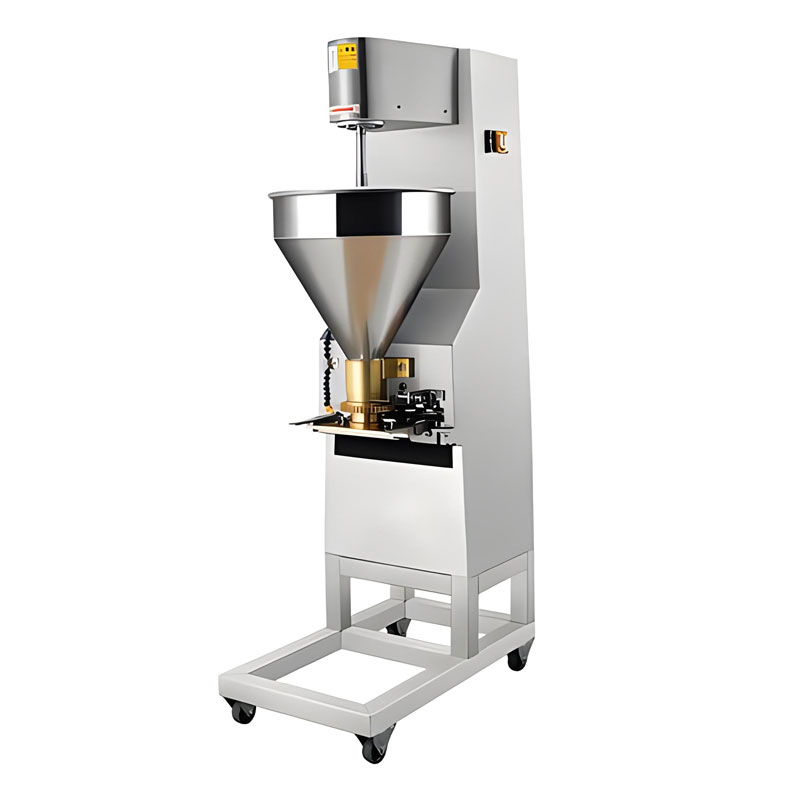
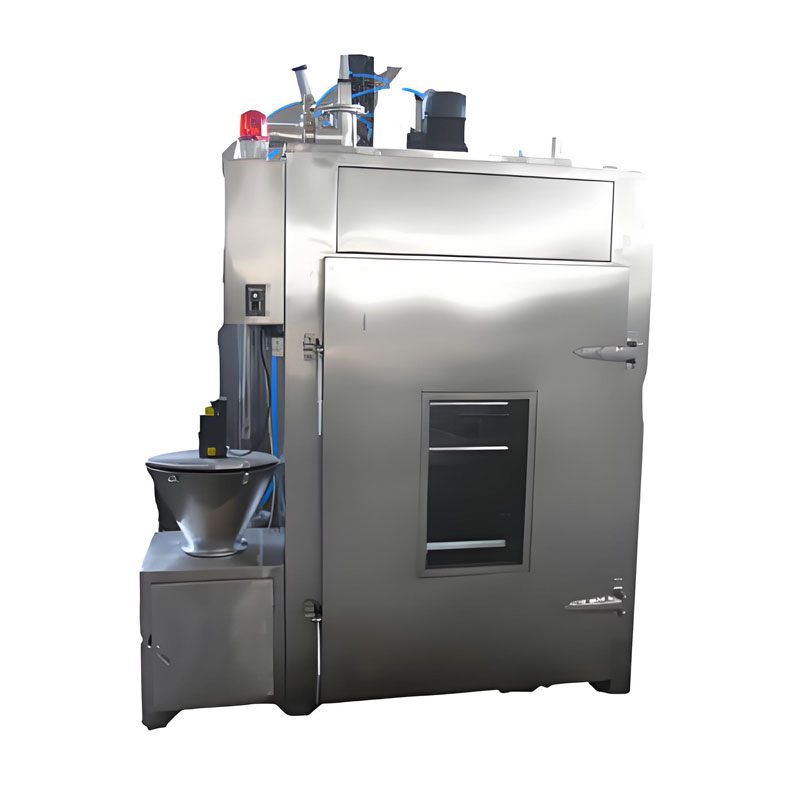
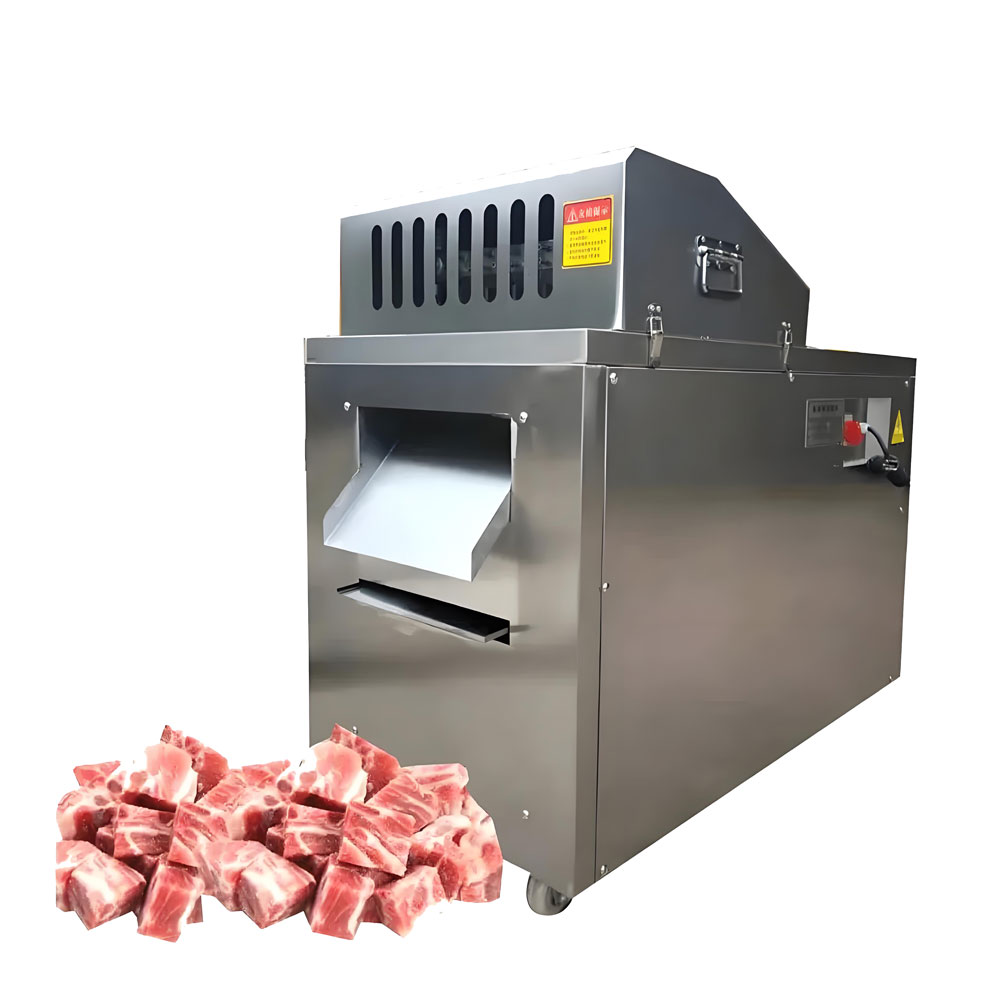
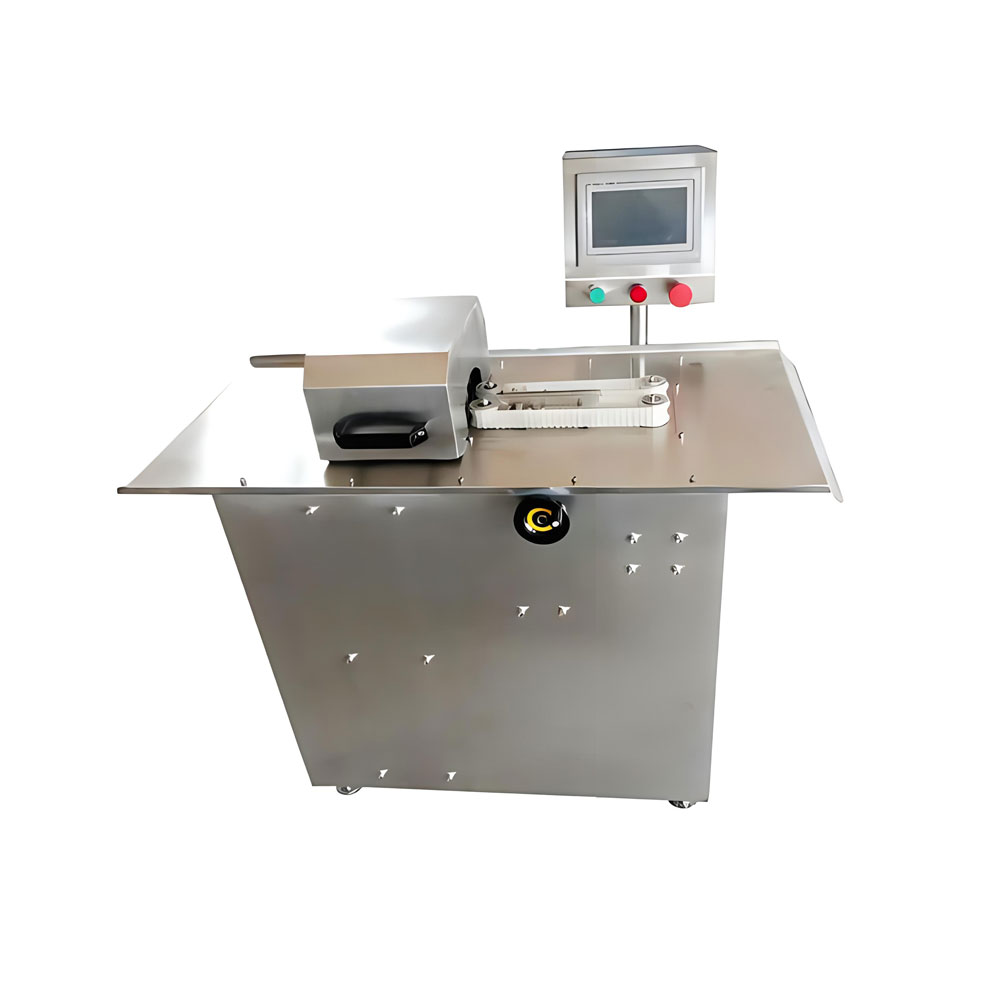
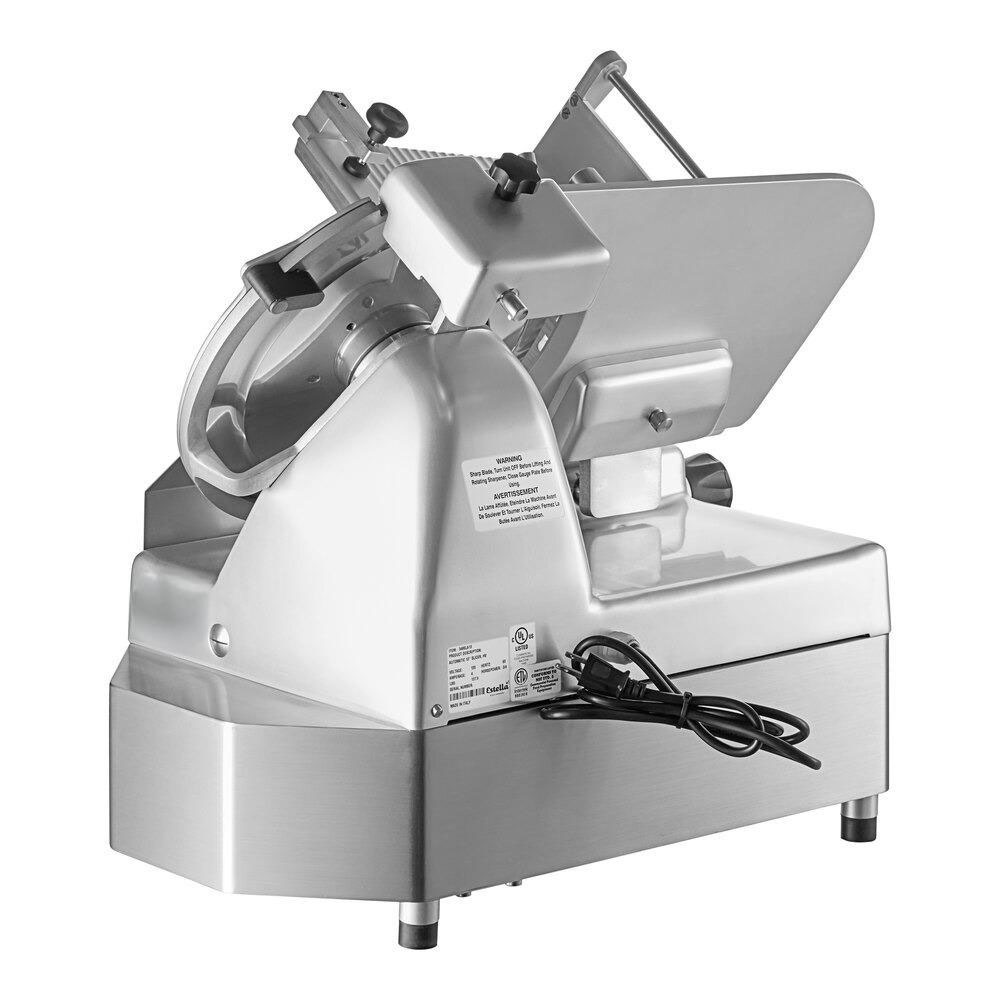





 Sausage Stuffer Machine
Sausage Stuffer Machine Heavy Duty Meat Slicer Machine
Heavy Duty Meat Slicer Machine
Ready to Get Started?